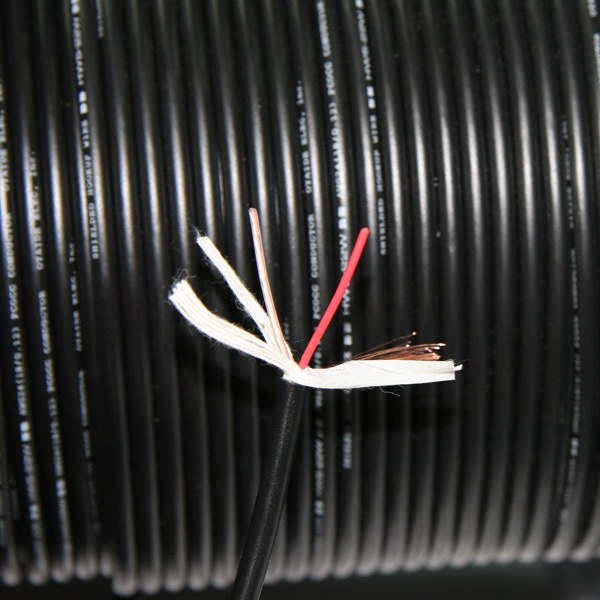You will need
- construction roulette;
- - ammeter (tester);
- - caliper;
- table of electrical conductivity of metals.
Instruction
1
To find the length of the conductor, a tape measure, measure the length of its individual sections and add them up. This method is suitable for open wiring and measurement leads in temporary cable connections.
2
If the wiring is hidden, to find the exact length of the conductor , use the appropriate electrical scheme. If such a scheme is not, then indirectly try to recover the location of the wires on the position of sockets, switches, junction boxes, etc. characteristics.
3
Note the important rule of electricians: all cables shall be laid horizontally or vertically. Moreover, the horizontal portions of the wires usually run along the top edge of the wall (near the ceiling). However, the actual wiring will be able to determine only a special apparatus or an experienced electrician.
4
If you restore the trajectory of the hidden wiring is not possible, then measure the electrical resistance of individual sections of the conductor. For calculations check also the section of wire and the material of which it is composed. As a rule, it is a copper or aluminium. Because the formula to calculate resistance: R = ρ * L * s, then the length of the conductor can be calculated by the formula:L = R / ρs,where: L – length of conductorR – resistance of conductor,ρ is resistivity of the material of which the conductor,s is the cross – sectional area of the conductor.
5
When calculating the length of the conductor , consider the following parameters and ratios.The resistivity of copper wire is 0,0154 - 0,0174 Ohm, aluminum: 0,0262 - 0,0278 ohms.(If the length of the conductor is 1 meter, and the cross-section is 1 mm2).The cross section of the conductor equal to s = π/4 * D2,where: π is the number PI, approximately equal to 3.14,D is the diameter of the wire (which is easily measured with a caliper).
6
If the wire is wound into a coil, then determine the length of one loop, and multiply by the number of turns. If the coil has a round cross section, then measure the coil diameter (average diameter of winding, if it is layered). Then multiply the diameter by the number PI and the number of turns:L = d * π * n where:d is the coil diameter,n is the number of turns of wire.
